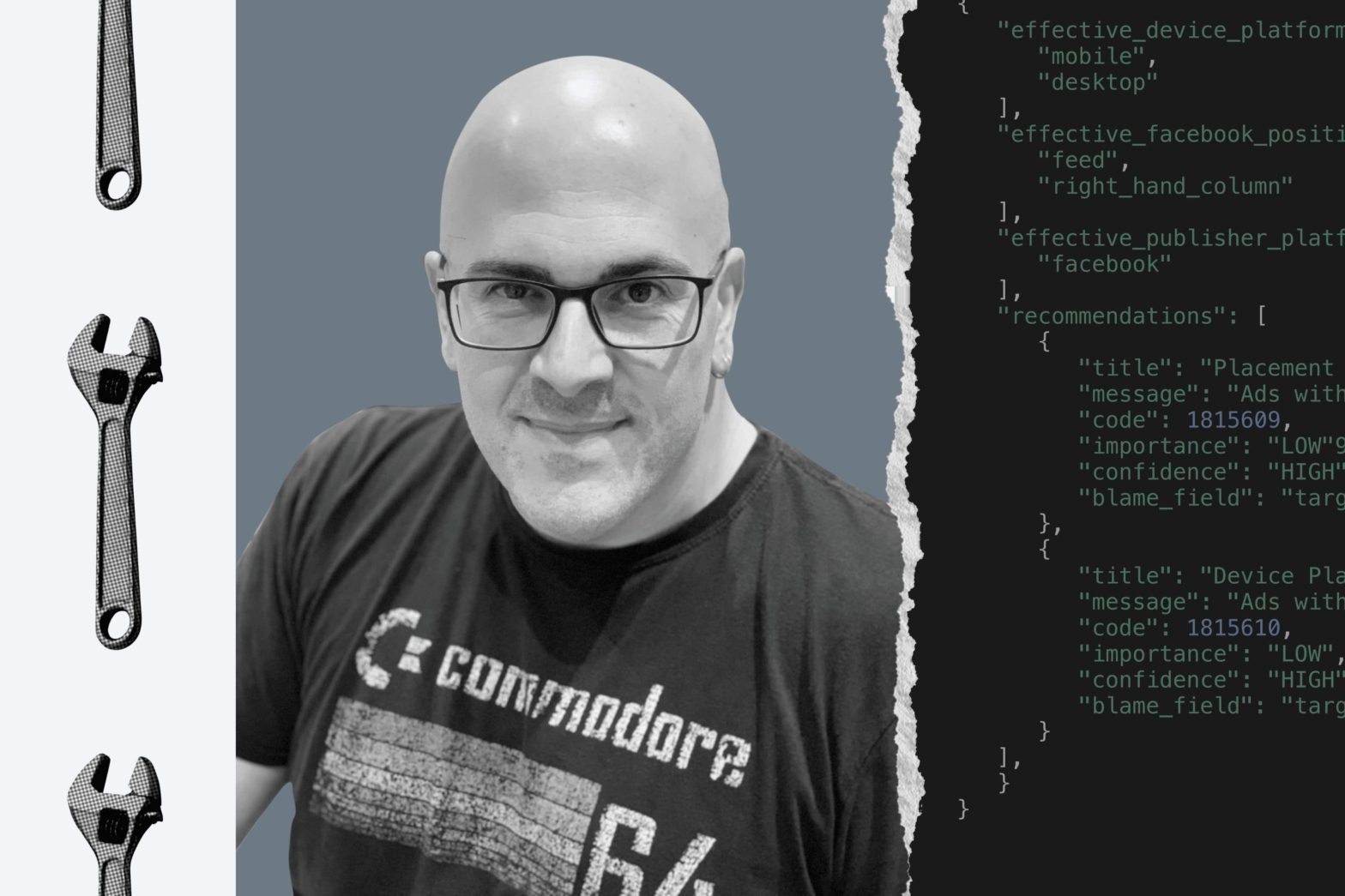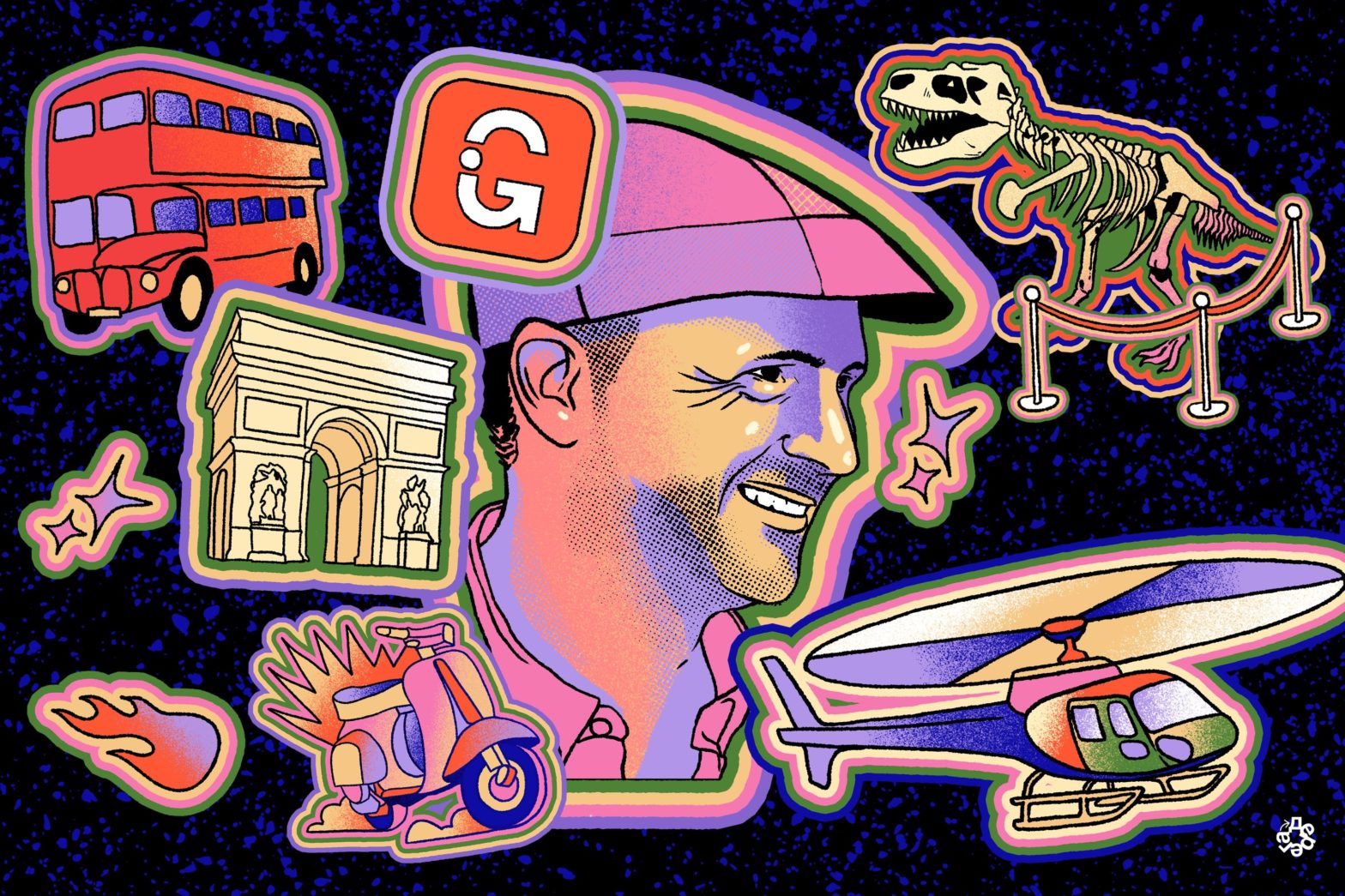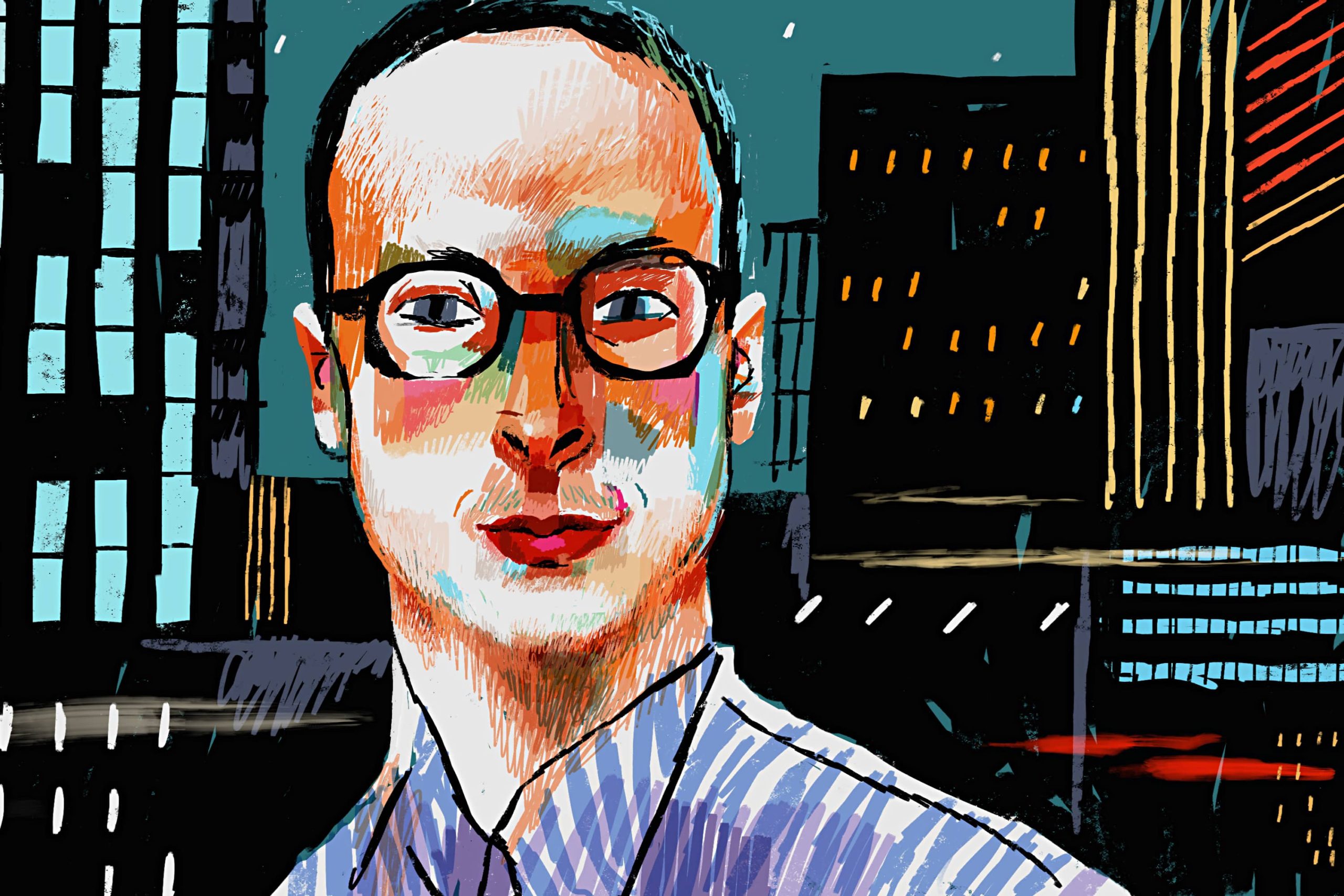Dive into the Meta (Facebook) Partner ecosystem with Alon Levin

Being partner manager
Could you give us an outline of your responsibility? What kind of things do you do?
I’m a partner manager on the EMEA Meta Business Partners (MBP) team. It used to be FMP as in Facebook Marketing Partners and now it’s MBP. We manage the relationship with our business partners. We’re talking about companies who built tools to buy media on our family of apps like Facebook, Instagram etc. more efficiently, creative partners who help advertisers to generate better creative assets for their campaigns like videos or images and signals partners who handle measurements and gathering signals for the advertisers. We also have commerce partners like Shopify, WooCommerce and other ecommerce platforms.
My team works with these partners globally. Our job is to make sure they are aligned with Meta’s goals and priorities and also to support them with their growth. As we put the advertiser in the center, we work with partners to make sure our advertisers are getting added value and that there’s a good synergy between Meta and the ecosystem. At Meta we usually focus on horizontal solutions but if you look at companies like Smartly, you’ll see that they are focused on disruptors, retailers, e-commerce and travel clients and they have built better verticalized solutions for these clients. They also provide support at a level that we can’t always meet.
Additionally to that, I work on new internal products and solutions to scale our work and ship more love to the ecosystem.
Can you be more specific about how you manage the relationship with major partners?
I’m the partner’s main point of contact at Meta, and my job is to be their Meta insider. I’m putting them in front of our product or business teams when needed and advocate internally for their needs. This works both ways because, for example, sometimes we would need the partners’ help to push the adoption of a new product. Partners also help us get feedback from the market because in some cases they have additional touchpoints with clients. I aim to have alignment on our mutual goals and always try to add value for advertisers. In many ways I see partners as an important extension of Meta.
Finding synergies
What is the strategic importance of partners in the ecosystem for Meta as a company?
We share what we are going to build with partners because we want them to build products that are complementary to ours, not to replicate what we are building.
Partners are a critical part of our strategy and our growth. Our biggest spenders are looking for a better way to automate and scale their media buying on Meta, so they turn to partners’ technology to do that. When you think about small, long-tail advertisers, some of them find our platform too complicated and they use partners who specialize in SMBs and provide simplified tools to purchase media on Meta. Partners can really serve both ends of the sophistication bandwidth of advertisers.
We value our ecosystem and we invest a lot in it because we want to make sure that our partners are aligned with our vision and our advertisers’ goals and priorities. For example, we share our product roadmap in advance. We share what we are going to build with partners because we want them to build products that are complementary to ours, not to replicate what we are building. If we go back in time to 2013, Meta, then Facebook, used to offer only a very buggy ads manager and Power Editor. So partners were building better tools only for the basic media buying, optimization, ways to lower your budgets or increase your bids based on your performance etc.. These specific tools are not needed anymore, because the optimization that Meta offers right out of the box is amazing. So we try to get our partners to add value on top of that, to help advertisers create better creatives, or help them integrate better with our tools and to uncover and solve new needs in the market.
Why isn't Meta building these solutions alone?
Focus and resources. People look at Meta and they think that we can do everything, which isn’t true. It’s not just us, you see it with Google, TikTok and other publishers, they all rely on an ecosystem of partners. In many cases partners are not only providing products and technology, they also provide our advertisers with a critical layer of strategy, service and support, things that are really important to both big and small advertisers.
Giving APIs to partners enables them to build different workflows and different media buying flows. An advertiser may prefer what Smartly provides, and another would prefer what ROI Hunter does because these products solve the same problem differently. Some of the partners give you more insights than data, and some of them give you data instead of insights. I think that it’s great to have such a diverse ecosystem with so many tools and technologies for advertisers to choose from.
What are some of the interesting partners you have in your radar in EMEA?
I can talk a bit about the partners I manage. Smartly is doing an amazing job helping advertisers to scale, providing top notch tools to help them spend more wisely. ROI Hunter, which is also a Google partner, is offering a great way to use your signals from Google Analytics to affect your campaigns on Meta in a highly effective way and they bring a lot of value to our e-commerce advertisers.
Creative insights is also top of mind for us and our advertisers. Smartly recently acquired ViralSpace, a company in that space. We have creative partners like TheSource, VidMob and others who are providing outstanding solutions for the creative needs of Advertisers. They are even building predictive tools for advertisers to identify the best performing creatives even before they are used in campaigns. We have partners like GRIP who are doing incredible things with 3D, like generating multiple versions of the same product image in different languages, backgrounds etc. GRIP can take a photo of a beer bottle, change the label on the bottle to any other design and save the brand or agency the need of taking photos of every bottle version.
One of the things that we try to do on the partnerships team is to remove all roadblocks for partners and allow them to innovate. They can come to us and say: “hey, we have this idea, and if you enable this API on your end, or if you develop this or that, we’ll be able to develop a new product on our end” — and if it makes sense we do it, because eventually it gives value to the advertisers and to our ecosystem.
How would you describe the connection with the product team inside of Meta?
We’re trying to be as transparent as possible. We want our partners to build products that are complementary to what we build so they won’t waste time overlapping our products. Personally, I’ve been there. In my days as a Facebook partner, I developed a product and then Facebook released the same thing six months later. As a startup, the time of your engineers is one of the most expensive resources you have, and investing months of development in something that Meta is going to launch for free a bit later, can really impact your bottom line.
What we’re trying to do with all of our partners right now is to improve our communication, to share more and to make sure that everyone who is working with Meta can make informed decisions.
Do you bring your partners together in roundtables and events, the same way you do for clients?
Yes, we organise partner summits as an open event where everyone can join where we tell people where we are going. We do that even if it is too early for partners to build anything. Take the Metaverse for instance: partners can brainstorm and think how they would build on top of it once it becomes a reality. You can try to think about the future of the industry and where everything is going.
Unlocking the Metaverse
How do you make sure that there are enough partners for problems that you want to solve? In VR for instance?
When it comes to VR, and later the Metaverse, even today we provide some external tools for partners. Spark AR, for example, allows partners to create augmented reality filters and experiences. We have a partner ecosystem for our VR tools as well. In general we try to ensure a good product-market fit before we fully open APIs and work with the ecosystem.
It’s important to remember that you don’t have to be an official badged partner to start developing on top of our APIs. There is only a simple review process to go through, just to make sure you make good use of the API. It is then possible to start developing on top of our API without having to talk to anyone at Meta.
Is there any technology or maybe innovation that is coming to the ecosystem in the nearest future that will actually supercharge advertisers capabilities?
We’re doing a lot of work around creatives, connecting creators to brands. I think we are past the days where an influencer could just flash a product and that was it. Things need to be a bit more sophisticated. So we try to provide tools for creators to also monetize their work. In this area, we will see a lot of innovation.
As I mentioned Spark AR earlier, you can do some really crazy things with it. And we are putting this piece of technology in everyone’s hand. You can just download Spark studio for free and start working. I think that we don’t have a lot of limitations when it comes to the technology side, only the limits of your imagination. Try to take it to new places and identify how you can innovate and help brands do business differently. Technology won’t be a blocker.
Past adventures
You mentioned entrepreneurship — could you introduce your background to us?
Until I joined Meta I was an entrepreneur for all of my professional life. I started my first company at the age of 21 when I was discharged from the Israeli Army. We developed technologies to support loyalty programs for chain stores. I sold this company after a few years. After consulting some of the largest agencies in Israel like McCann and TBWA about the intersection between content, marketing and technology, I started my next venture, which was actually a social music streaming service, much like Spotify today. It was back in 2006 when Spotify was just getting started in Sweden. It was a local service in Israel that eventually became the flagship digital product of Israel’s largest telco. Then I started another martech company, BuzzSpice. It was the early days of Facebook and businesses were trying to get more organic content for their pages. We used to automatically curate a lot of content and publish it to Facebook business pages.
At some point we figured out that we can’t really measure our impact and prove our value. When you post a great video about coffee on a coffee shop Facebook’s page and you’re not sure how it affects the bottom line, that’s a problem. So we shifted into e-commerce and paid advertising. We built extensions to all the commerce platforms out there: Shopify, BigCommerce, WooCommerce, you name it. Then we pulled all the product data to generate campaigns on Facebook. We generated appealing creatives for the products, and we also built a very early form of dynamic ads, even before Facebook had it. We even created an audience for each product along with an ad for each audience. That way we could target people with the exact product they had seen on the website. At some point we decided that even though we were growing, we were too small compared to the other competitors, and we decided to close shop. Shortly after that, I took the CDO role at a Hong Kong based company to lead a digital transformation project. Right after that I relocated from Tel Aviv to London and joined Meta.
About building dynamic ads before they existed: how did the idea occur to you?
Retargeting was something that people knew, but we tried to build an additional level on top of it, with hyper-personalization. It wasn’t new that if you looked at a specific product, it made sense for you to see this product again, or maybe a similar product. We tried to take this to the next level: for example, we used to create different messaging depending on your journey on the website. Let’s say that you visited the product page and you also visited the shipping methods page, we figured out that it made you a more sophisticated buyer so on the ad we mentioned something about free shipping or the return policy.
In some cases, we tried to tailor the message to your type of buyer. This is something that we used to do for hotels and destinations. If you were looking for a vacation in Barcelona, it could mean a lot of things. Maybe you were going to see football, or art. So we took the fact that you were interested in a vacation in Barcelona and combined it with your interests. Then we would show you an ad about Barcelona and add some football elements into it. And if we knew that you were into art, we could do something around that. A lot of partners are at that level of sophistication now but it was pretty innovative back then.
Building inside Meta
At Meta, you keep on ideating and building. For instance, you found a solution to measure how much advertisers are spending on third party creatives. How did you stumble upon this idea?
Actually, that’s a pretty straightforward solution. The problem was with measuring the impact of our creative partners. With Ad Tech partners who make API calls to create campaigns, we can link the revenue of a campaign to the specific partner who created it, but with creative partners it’s harder. If you think of Vidmob for example : they generated a video for a client and sent it to him. At some point, someone at the client’s organisation will upload this video to Meta and will use it in a campaign. How can you tell that this video should be attributed to Vidmob? You can’t because there’s nothing that links this video to the partner.
So what we did was to use a mechanism of meta-tags, similar to what was used on MP3 files back in the days. The same mechanism exists also for media files, it’s called XMP and was developed by Adobe a few years back. What we are doing is to ask partners to add these XMP tags to the videos and images they create, then whenever a creative is being uploaded to Meta, we check the file to see if there are any meta-tags attached to it. If we identify that this file was created by one of our partners, we link it to the campaign’s revenue. It’s not really a complicated solution, but it works because it’s easy to implement on the partner’s end.
We provided our creative partners with open source tools to tag the files as well. We also offered a no-code solution, developed by another Meta business partner called Integromat. They developed an XMP tagging component, which allows any partner or any business to connect this component to a Google Drive or Dropbox, and to tag files in an automated way.
It seems everyone is encouraged to start new things at Meta. Could you talk about this work environment?
As an entrepreneur, I was really happy to discover that no one is really micromanaging you and that you have full autonomy to do whatever you like to do, as long as you deliver and are aligned with the priorities and goals of the greater team. At Meta, we try to hire good people and then we let them do what they’re best at.
Lastly and since you are an expert in the domain, what would be your top productivity tips for the people reading this?
I am very passionate about productivity. I run productivity sessions at Meta and for a few external companies. Since I believe that your martech community is tech savvy I would recommend exploring platforms like Integromat, for example, and really try to automate everything in your life: connect systems to one another, create business flows and automate repetitive tasks or anything else for which you can draw a flowchart.
And do it not because you want to squeeze an additional twenty tasks into your day, do it to become more stress-free and productive. I always try to combine the technology around us with behavioral changes because it is much more effective to try and change behaviour when you have the right tools and technology to support it. It’s not about waking up at 05:00 am. I wake up at 09:00 am, knowing that 30% of my inbox was processed by automated rules without me even having to think about it. In the end, being productive allows you to do the things you love and that’s the real win.

GetYourGuide's VP of performance on creating their growth flywheel
Follow Wouter on this tour of his achievements and establishing martech excellence at GetYourGuide.